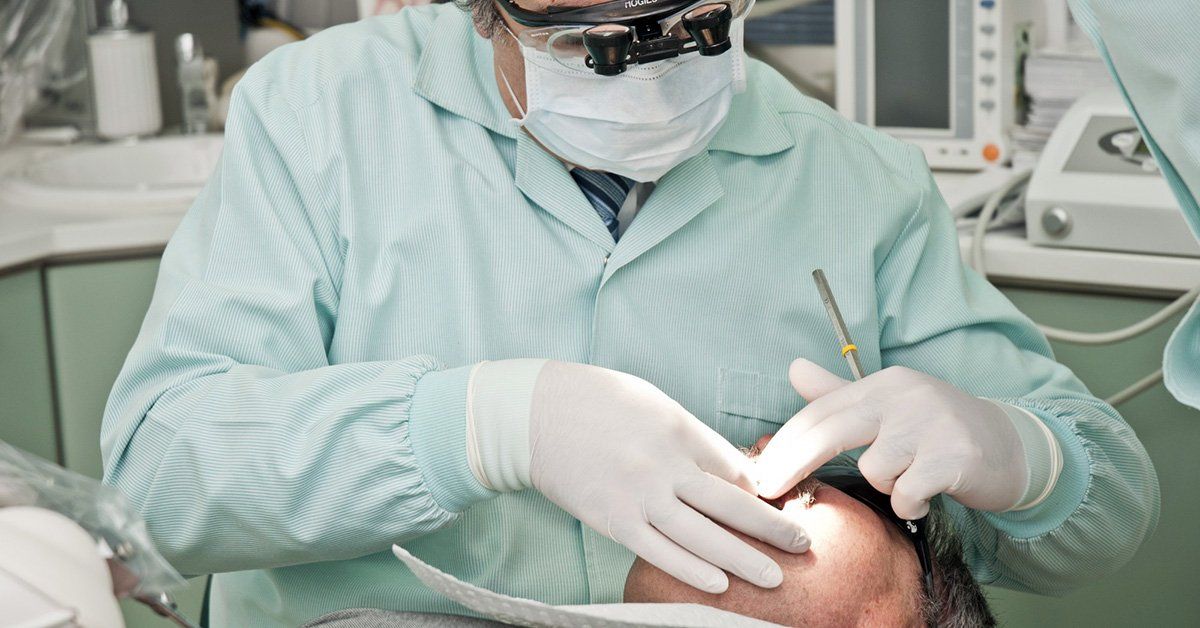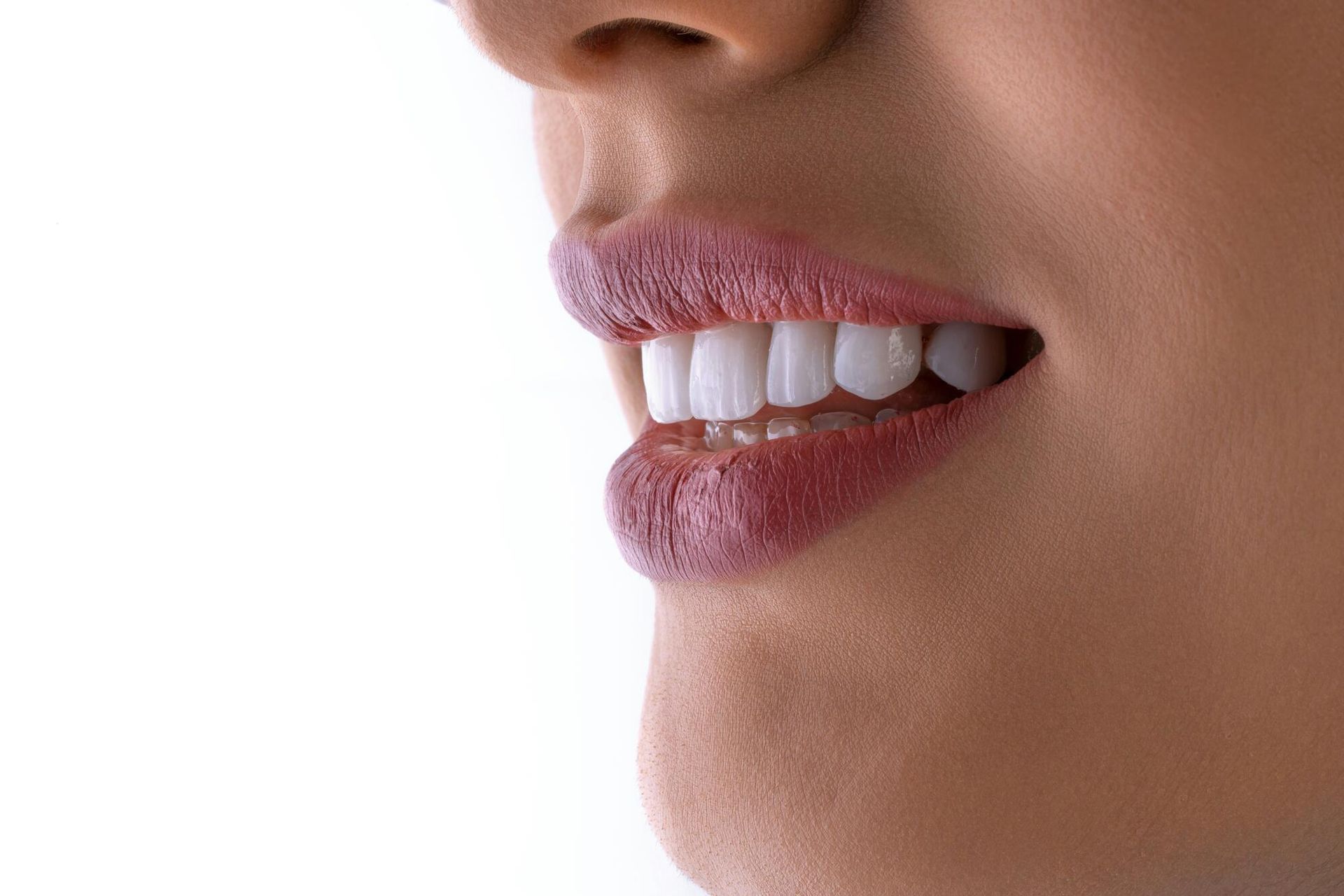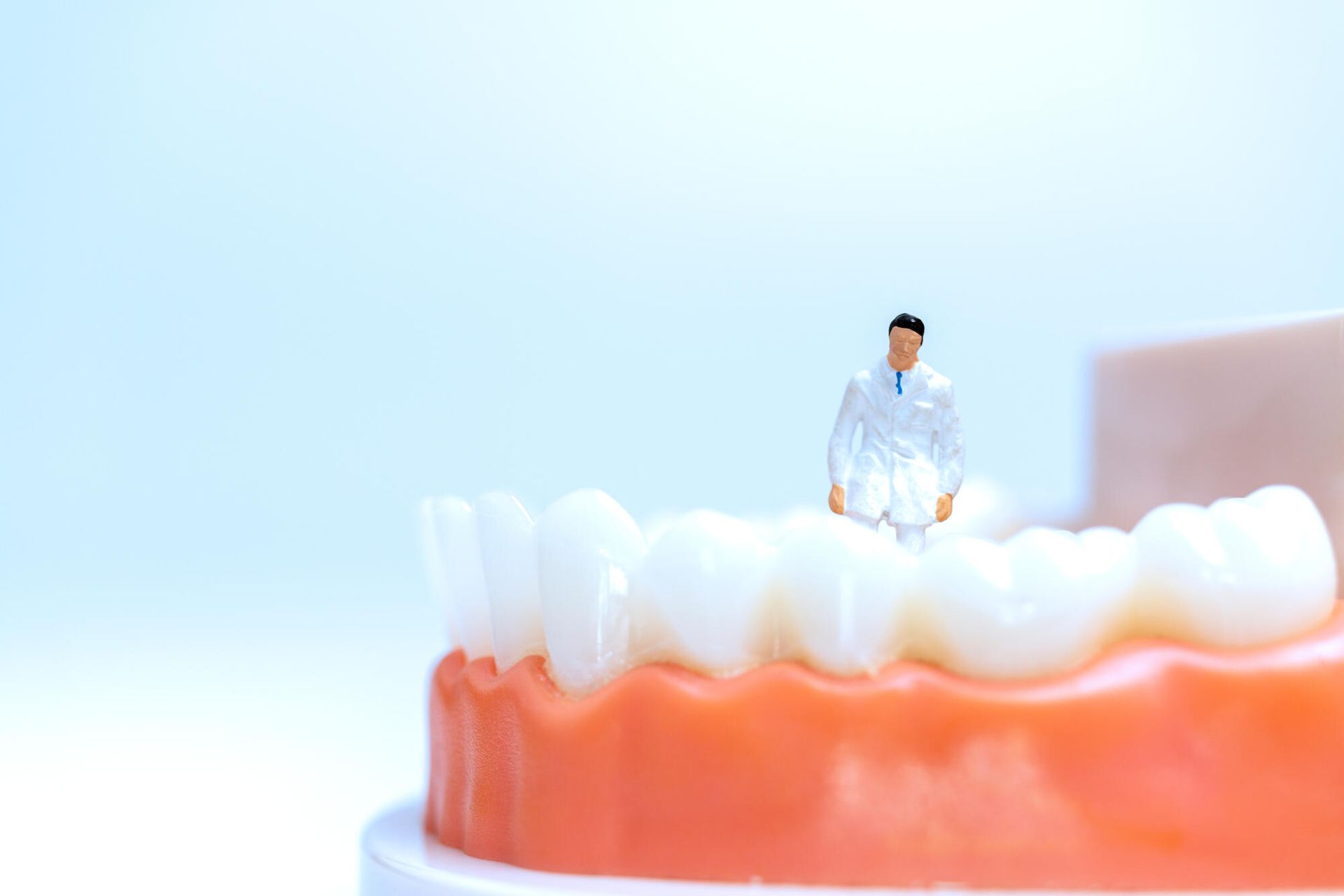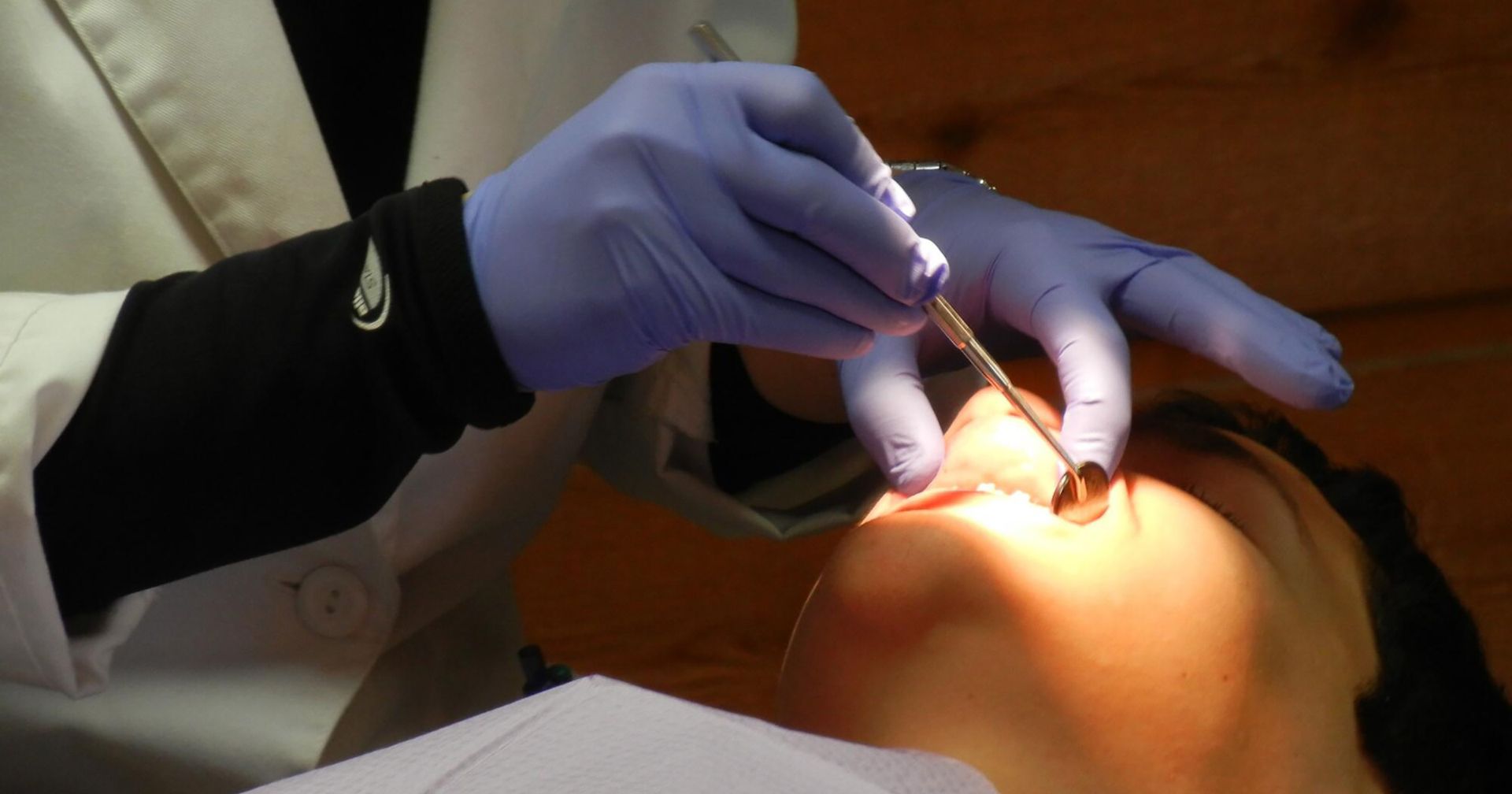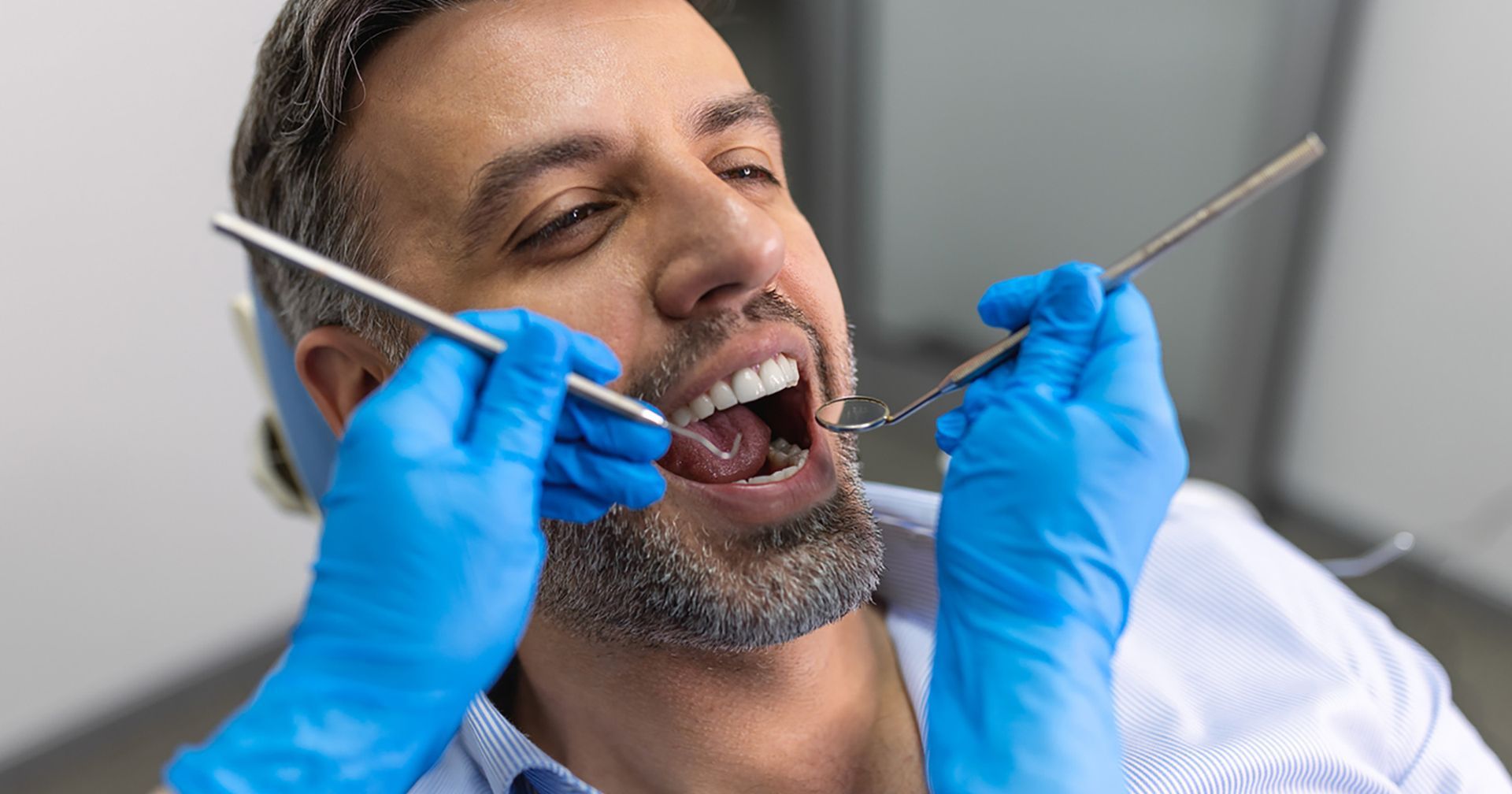Do you feel embarrassed about your smile, because of a chipped tooth, damaged tooth, or discoloration? These cosmetic dentistry procedures will make you feel more confident!
You've heard a thing or two about cosmetic dentistry. You have a decent idea as to what it is. But do you know any specifics about the different types of cosmetic procedures?
If not, you're in the right place.
Below, we're going to review the different types of
cosmetic dentistry procedures, helping you to determine whether a cosmetic dentistry procedure is right for you. Let's go!
Do You Need Cosmetic Dentistry?
Now, first, you might be wondering: do you need cosmetic dentistry? That's dependent on a few factors, including the following.
Are Your Teeth Discolored?
Over the years, enamel wear combined with the consumption of staining foods can cause discolored teeth. Fortunately, cosmetic procedures like teeth bleaching can help to return your teeth's original shine.
Are Your Teeth Cracked?
Whether it be due to tooth decay or physical trauma, your teeth can become cracked or chipped. Not only are they aesthetically displeasing, but they can also lead to further dental issues. The good thing is that cosmetic dentistry can return them to their top form.
Are You Missing Teeth?
Perhaps you have missing teeth? If so, you should know that there are several options, including artificial teeth, for replacing them. Cosmetic dental procedures have the answers.
Are Your Teeth Experiencing Decay?
Tooth decay occurs when plaque builds up on teeth. Over time, it can not only result in unsightly teeth but unhealthy ones too. Fortunately, treatments like bonding can help to reduce its effects.
Types of Cosmetic Dentistry Procedures
The point of cosmetic dentistry is to improve the aesthetics of the teeth, gum tissue, and mouth. That said, it often comes with functional improvements as well. In the end, these benefits are dependent on the type of dentistry that is performed.
We'll discuss cosmetic dentistry options below.
Dental Veneers
These are essentially tooth colored porcelain coverings. What are dental veneers? They're thin, synthetic entities, sometimes made from porcelain veneers, that are cemented to the front of the teeth.
Their purpose? To address crooked or misaligned teeth and provide a better look by changing their color, length, and shape.
Dental veneers are generally inserted for aesthetic purposes only. They don't provide much in the way of functional benefit.
Dental Crowns
When you have a decayed or damaged tooth, crowns can fix them. Dental crowns fit over the healthy tooth and possess the look of the tooth they're covering. Note, they can be made out of various materials, including amalgam fillings, porcelain, and more.
Dental crowns are beneficial in that they can stop the spread of decay. This makes them particularly appropriate for those with large cavities.
Teeth Whitening
Designed purely to improve the aesthetics of one's teeth, teeth bleaching or teeth whitening is a procedure wherein discoloration is removed. In other words, they're voided of their discoloration and brightened up as a means of producing a better smile.
Teeth whitening can occur both in and out of the dentist's office. However, the most effective treatments involve the former.
When you utilize teeth whitening services, you will have a tray of whitening gel placed in your mouth. Laser technology will then be used to solidify the gel, creating a smile that's substantially brighter.
Dental Bonding
A solid alternative to dental crowns is dental bonding. Dental bonding is an excellent remedy for minor cracks, discolored teeth, or filling minor gaps. It's a bonding process wherein a resin material is applied to a tooth and then treated with a special light.
Dental bonds can also be applied to alter the shape of a tooth. So, if you're not happy with your tooth shape currently, this might be a treatment you're interested in.
There are two types of dental bonds: inlays and outlays. Inlays are bonded within a tooth and are generally used to fix large cavities. Outlays are bonded to the exterior of a tooth and can facilitate a great deal of aesthetic variation.
Dental Implants
Whether it be due to decay or direct physical trauma, teeth can fall out. Unfortunately, once a tooth falls out, it generally can't be re-inserted. Fortunately, there is an alternative available: dental implants.
A dental implant is essentially a tooth; it's just a synthetic one. See, unlike other entities listed in this article, the dental implant is connected to the jaw. A rod is literally inserted into the jaw bone. It then acts as the root of the synthetic tooth. Dental implants provide a foundation for artificial teeth. Essentially, these are replacements for missing teeth connected directly to the jaw.
Dental implants rarely need to be replaced. They're designed to last forever and will essentially allow you to act as if your teeth were never lost in the first place. If you're looking for a long-term replacement solution for a lost tooth, getting a dental implant is the right decision for you.
Learn more about dental implants and cosmetic dentistry meaning by reading our blog!
Alternative Cosmetic Dentistry Options
Though the cosmetic dentistry options reviewed above are the most common, they're not the only options available. There are a variety of unique alternatives as well.
For instance, you might opt for orthodontic treatments to correct misaligned teeth. Orthodontics isn't just about traditional braces; it encompasses a range of solutions to straighten teeth and ensure a proper bite.
Some individuals opt to have their teeth sharpened so that they can look like vampires or werewolves. There have even been cases of people purposefully making their teeth crooked.
Cosmetic dentistry opens up numerous avenues, from veneers to gum line enhancements. The path you choose is ultimately your decision.
Looking for Cosmetic Dentistry Procedures in Columbia, MD?
Are you in need of cosmetic dentistry procedures? Looking for cosmetic dental care in Columbia, MD? We here at Smile Savers Dentistry have you covered.
We offer all of the cosmetic dentistry services reviewed above. Regardless of your needs, our team can assist you.
Contact us now to schedule an appointment!


